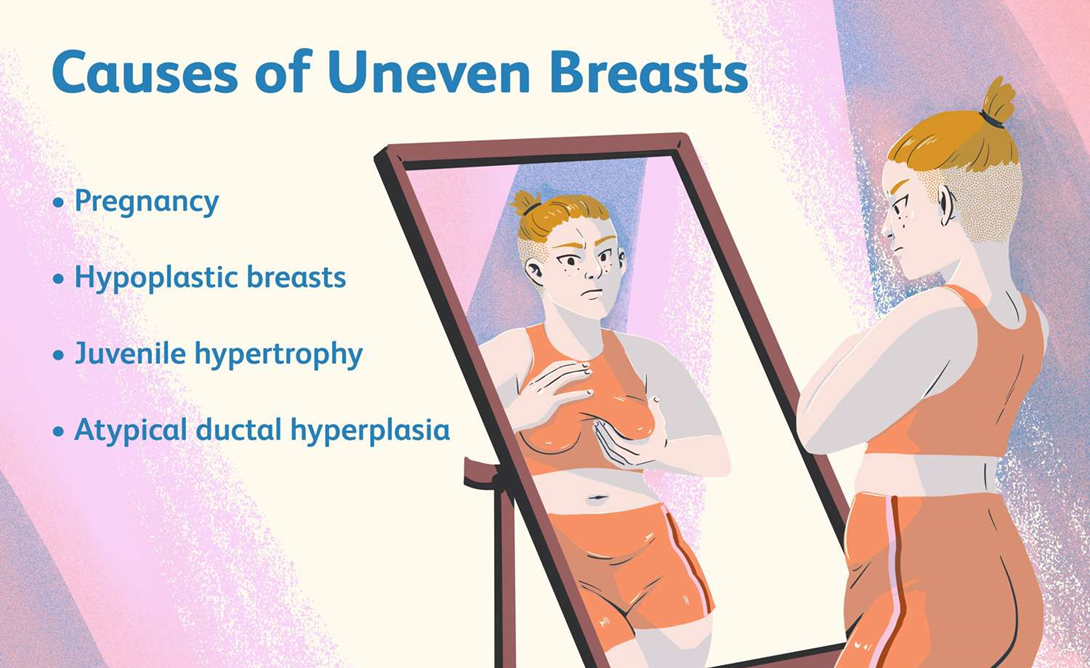A nurse is caring for a client who has dementia and wanders frequently. Which of the following actions should the nurse take?
Apply a motion sensor mat to the client's bed.
Move the overbed table away from the bed.
Raise all four side rails while the client is in bed.
Leave the television on in the client's room.
The Correct Answer is A
Choice A reason: Applying a motion sensor mat to the client's bed is an appropriate action to prevent wandering and alert the staff if the client tries to get out of bed.
Choice B reason: Moving the overbed table away from the bed is not an effective action to prevent wandering, as it does not restrict the client's mobility or provide any supervision.
Choice C reason: Raising all four side rails while the client is in bed is an inappropriate action that can increase the risk of injury or entrapment if the client attempts to climb over them.
Choice D reason: Leaving the television on in the client's room is not an effective action to prevent wandering, as it does not provide any stimulation or distraction for the client.
Nursing Test Bank
Naxlex Comprehensive Predictor Exams
Related Questions
Correct Answer is C
Explanation
Choice A: This is incorrect because applying lotion between the toes can create a moist environment that promotes fungal growth and infection. The client should apply lotion to the feet but avoid the areas between the toes.
Choice B: This is incorrect because wearing open-toe shoes can expose the feet to injury and infection. The client should wear well-fitting, closed-toe shoes that protect the feet and prevent pressure ulcers.
Choice C: This is correct because wearing cotton socks can help keep the feet dry and prevent fungal infections. Cotton socks also provide cushioning and reduce friction.
Choice D: This is incorrect because rounding the corners of the toenails can cause ingrown nails, which can lead to infection and ulceration. The client should trim the toenails straight across and file any sharp edges.
Correct Answer is B
Explanation
Choice A reason: Performing breast exams every other month is not an adequate frequency, as it can delay the detection of any changes or abnormalities. The client should perform breast exams monthly, preferably a few days after their period ends.
Choice B reason: Having one breast larger than the other is a common variation and not a cause for concern, unless there is a sudden change in size or shape. The client should be aware of their normal breast appearance and report any changes to their provider.
Choice C reason: Performing breast exams the day their period begins is not an optimal time, as their breasts may be swollen, tender, or lumpy due to hormonal fluctuations. The client should perform breast exams when their breasts are not affected by their menstrual cycle, such as a week after their period ends.
Choice D reason: Having skin dimpling on their breasts is not a common variation and may indicate an underlying tumor that pulls on the connective tissue and causes puckering of the skin. The client should inspect their breasts for any changes in skin texture, such as dimpling, peau d'orange, or redness, and report them to their provider.

Whether you are a student looking to ace your exams or a practicing nurse seeking to enhance your expertise , our nursing education contents will empower you with the confidence and competence to make a difference in the lives of patients and become a respected leader in the healthcare field.
Visit Naxlex, invest in your future and unlock endless possibilities with our unparalleled nursing education contents today
Report Wrong Answer on the Current Question
Do you disagree with the answer? If yes, what is your expected answer? Explain.
Kindly be descriptive with the issue you are facing.
